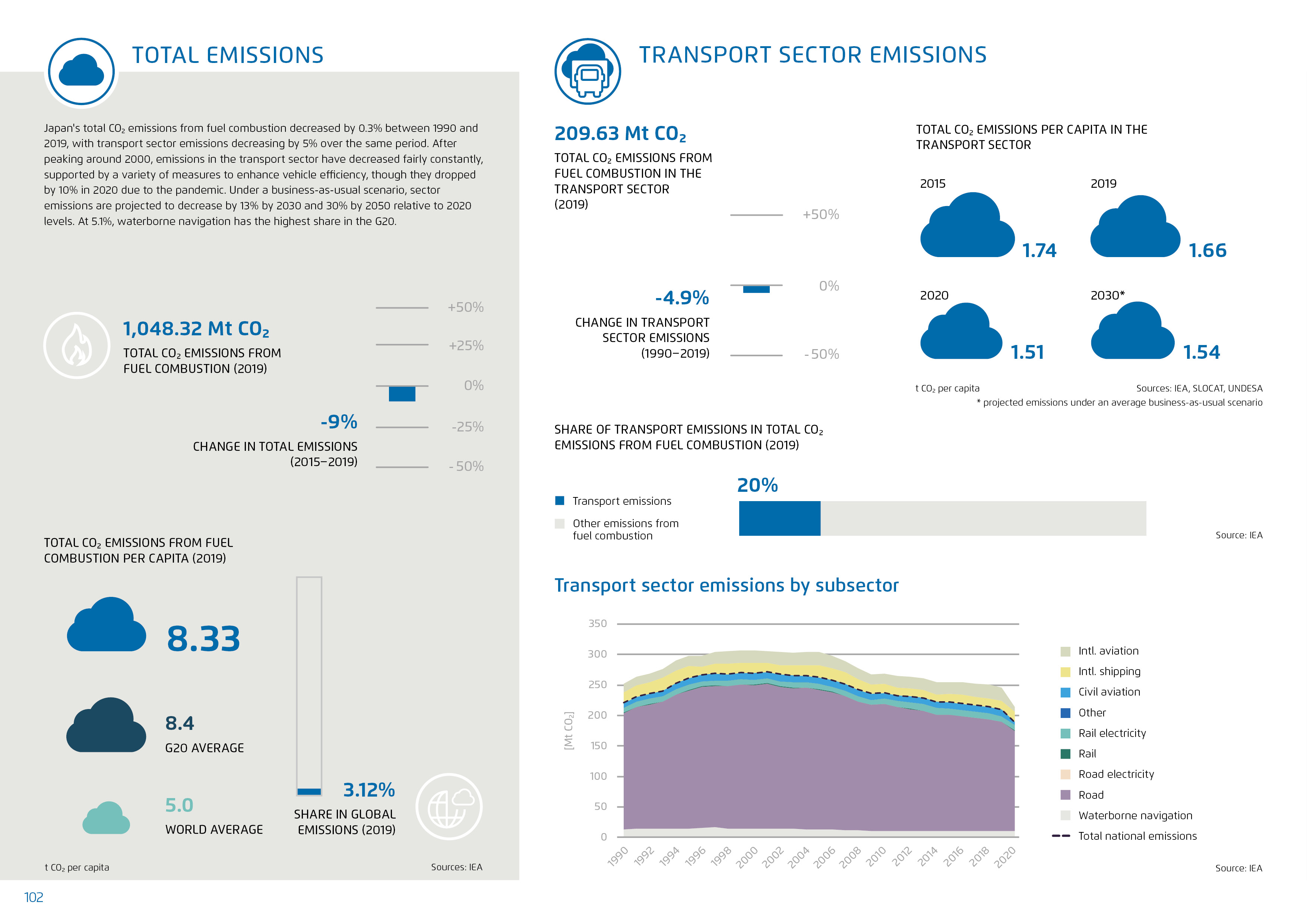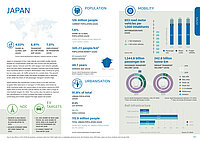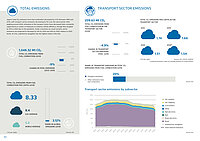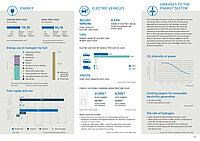This content is also available in: German
Japan
Net-zero target: 2050 / Motorisation rate (2020): 653 vehicles per 1,000 inhabitants / Change in transport sector emissions (1990-2019): -4,9 % / Projected total CO2 emissions per capita in the transport sector in 2030: 1,54 t
Japan is composed of four main islands and 6,848 smaller islands. Despite its comparatively small size, the country has the eleventh-largest railway network and the sixth-largest road network globally. Since the mid-1990s, passenger transport volumes and modal shares have remained almost constant. Motorisation rates continue to grow, but at a slow pace. Air traffic accounts for a small share. The growthin rail-based rail freight traffic has barely increased and is relatively small, while the share of rail passenger transport remains high.
Japan defines the contribution of each sector in its NDC and has targeted GHG reductions in transport of 35% below 2013 levels by 2030. Economy-wide, the country plans to be carbon neutral by 2050. Japan aims to have all LDVs sold be electric by 2035, with a range of intermediate targets for 2030. The country also has plans to improve the fuel efficiency of trucks, increase the share of bicycles in commuting and further expand the high-speed rail system.
Key figures on transport and climate
Published in Towards Decarbonizing Transport 2023.








